James Anderson: From Turf Moor to Test greatness
A look back on a remarkable international career as England's greatest bowler brings the curtain down in the first Test against the West Indies
Watch England's first Test of the summer against the West Indies at Lord's live on Sky Sports Cricket and Sky Sports Main Event from 10am on Wednesday, July 10 (first ball 11am). Also stream contract-free with NOW.


James Anderson. What more can really be said or written about him which has not be said or written before?
England’s greatest Test bowler? Check. The leading fast-bowling wicket-taker of all time in Test cricket? Check. Icon; legend; the scourge of batters around the world for the past two decades? Check, check, and check.
The fact it is so difficult to find anything new to say about Anderson is a testament to his remarkable longevity as well. Seam bowlers are not supposed to carry on playing into their 40s, never mind continue doing so at the highest level.
Yet the seemingly ageless wonder has finally decided to bring the curtain down on his storied international career, and there could hardly be a more fitting venue for his send-off at Lord’s in England’s first home Test of this summer against the West Indies.
The acclaim, the praise, the gushing tributes to Anderson will all come out again in what is sure to be an emotional match – and rightly so.
It is worth remembering how he got to this point in the first place as well.
As far as cricket goes, the James Anderson story begins at Turf Moor, the home of Burnley Cricket Club which sits behind the away stand of the football ground which bears the same name.
Given his father Michael was the long-standing captain of the club's Second XI, it was no surprise Anderson would follow in his footsteps by taking up the sport as well.
"I'd be one of the kids playing in the tea break at the weekend, diving around and getting my clothes muddy," Anderson told the ECB in 2017. "That's what I loved about it - getting involved in running around."
But while his father's career may have peaked in club cricket, Anderson Junior showed all the signs of being a special talent in his formative years.
At just 17, he was already regarded as one of the fastest bowlers in the Lancashire League. The following year, he claimed his first List-A scalp, having Suffolk opener Russell Catley caught for just three in a NatWest Trophy first-round match for Lancashire Cricket Board in which he returned figures of 1-34 from 10 over - including two maidens.

By 2002, he had progressed to the full Lancashire squad. Future Sky Sports Cricket presenter and commentator Ian Ward became Anderson's maiden first-class victim in a County Championship match at the end of May - the first of 50 wickets that season at an average of 22.28.
He was proving equally adept in limited overs cricket too, and his performances in both formats were starting to catch the eye beyond his native county.
Few could have suspected how quickly he might find himself thrust into the white-hot atmosphere of international cricket though, or that it would come in one of the sport's fiercest rivalries.
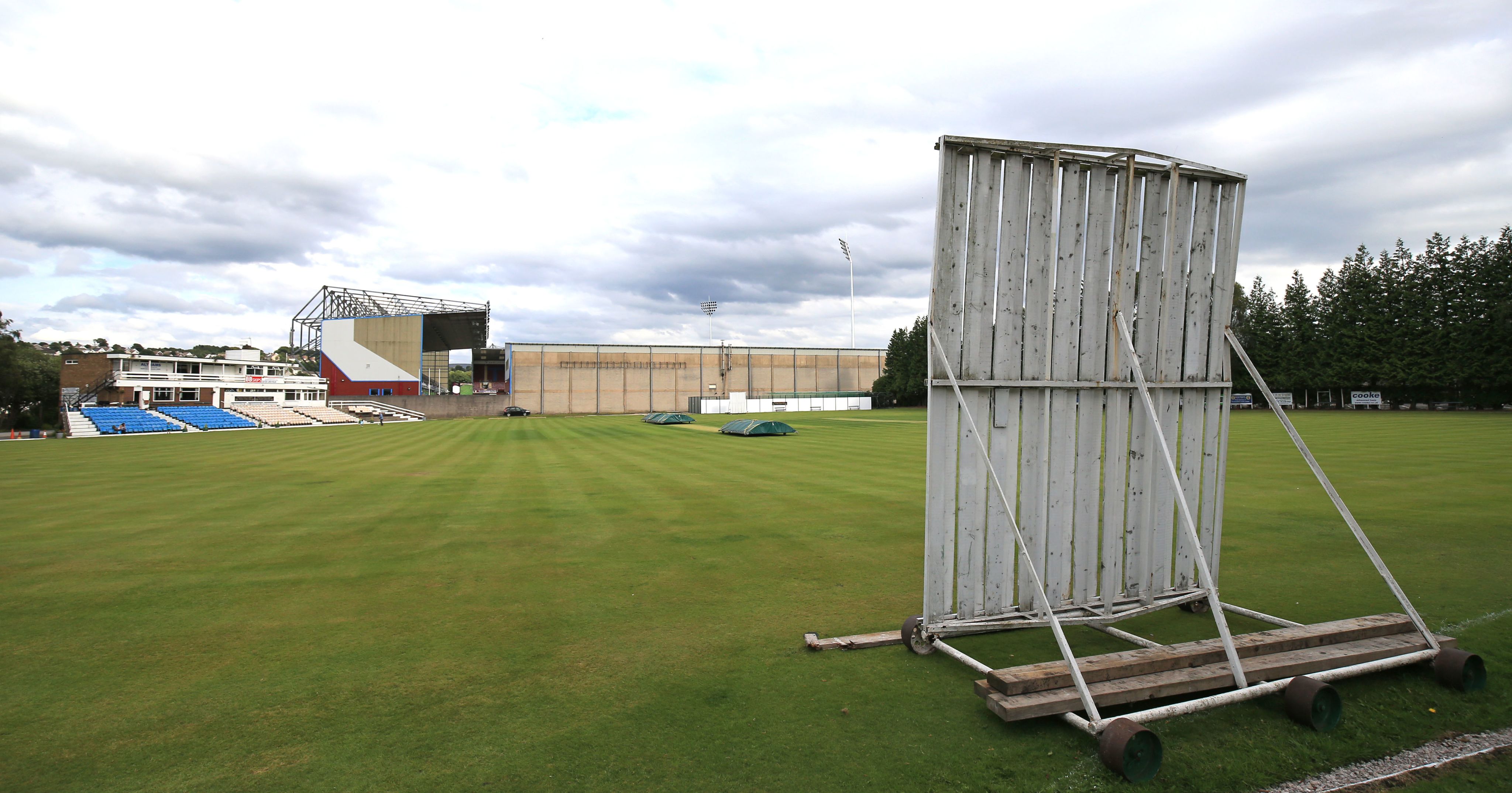
Melbourne, December 15, 2002. The MCG, one of cricket's great cathedrals, packed with a crowd of around 100,000 mostly partisan Australia fans.
It is the second match of the one-day VB Series. England have lost the toss and are bowling first. James Kirtley takes the early wicket of powerful opener Matthew Hayden, but it is not long before Adam Gilchrist and skipper Ricky Ponting set about piling on the runs in a 225-run partnership.
It is the match in which Anderson, with just three List-A games for Lancashire to his name at this point, is thrust into his international debut as well.
Hurriedly called up as a replacement for the injured Andy Caddick, the 20-year-old does not even have a name or number on his shirt. Yet although England eventually go down by 89 runs, Anderson does make his mark by claiming his first scalp at this level, clean-bowling Gilchrist for 124.
In total, he will make nine appearances during the series, taking 13 wickets at an average of 28.69, earning a place in the England squad for the following year's Cricket World Cup in South Africa on the back of that as well along with praise from the old enemy.
"I was particularly impressed with James Anderson in the one-dayers," former Australia international Tom Moody wrote in The Guardian.
"He looks a very intelligent bowler, able to put the ball in places where he asks the batsmen serious questions."
Despite a relative lack of success for the national team in one-day internationals during his time in the team, Anderson will go on to become England's all-time leading 50-over wicket-taker with 269 at just under 30 apiece before calling time on his international white-ball career following the 2015 World Cup.
It is in the Test arena where he will enjoy his greatest triumphs and cement his legacy, though.
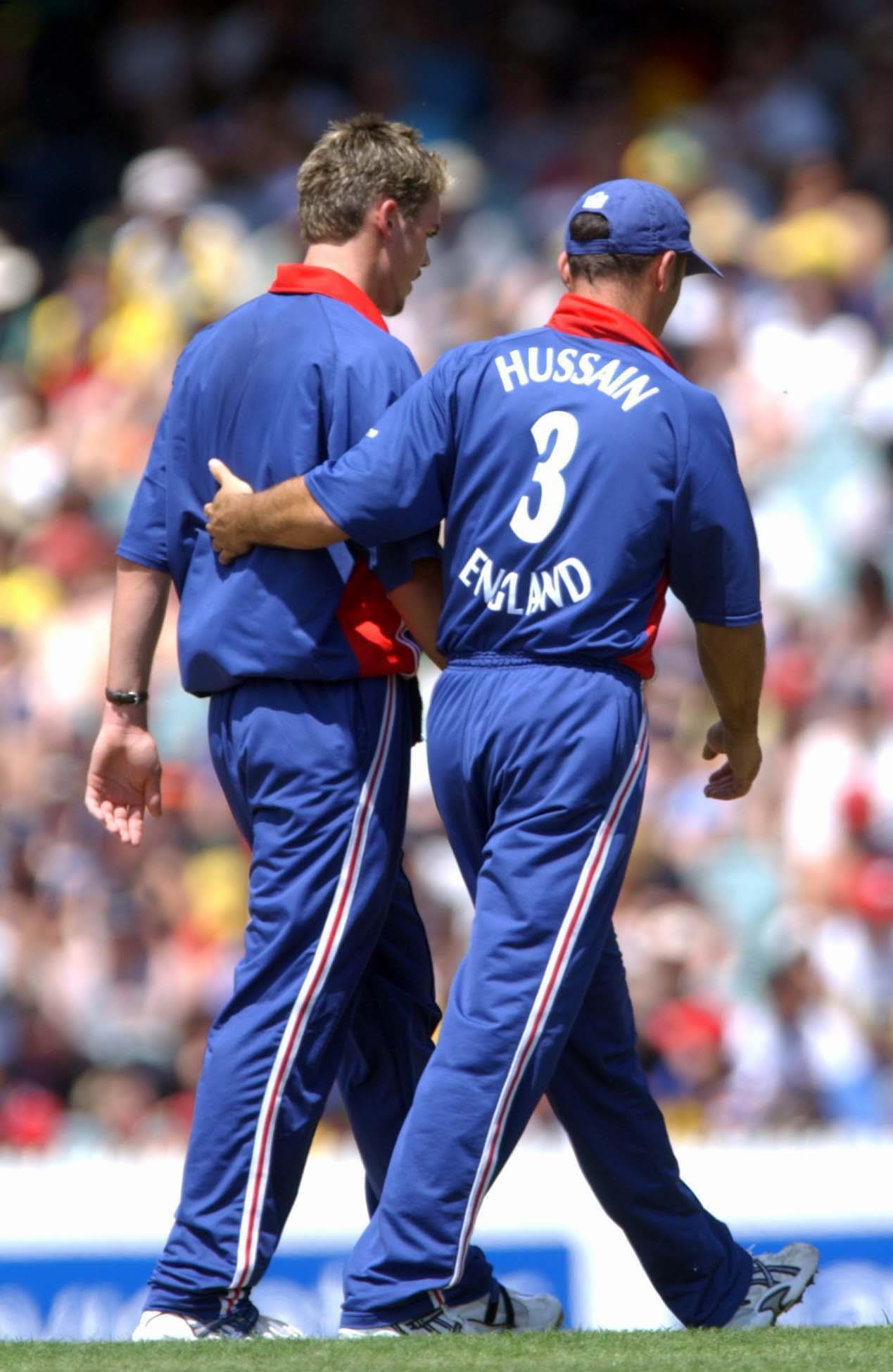

In typical Anderson style, his Test debut in 2003 was preceded by him becoming the youngest Lancashire bowler to take a hat-trick in a first-class game and the first to do so at Old Trafford for eight years in a County Championship match against Essex, including getting England captain Nasser Hussain out.
A week later, he was running riot for England against a hapless Zimbabwe team at Lord's. Mark Vermeulen became the first of 700 and counting Test wickets, and he finished with figures of 5-73 as the tourists were bundled out for 147 and went on to suffer an innings and 92-run defeat.
"It is incredible the speed it has gone, it is amazing," Anderson said of his whirlwind start. "I am absolutely delighted with the way I bowled in that spell.
"I was a bit disappointed in the areas where it didn’t come out quite right and I was a bit nervous as well.
“I have seen players up there [on the honours board] from the 1800s and I am honoured to have my name up already.”
Four wickets in the second innings of the second Test against Zimbabwe helped wrap up a 2-0 series victory for England, but the visit of South Africa in the second half of the summer would prove something of a chastening experience.
Anderson's 15 wickets in the series, which was drawn 2-2, came at an average of just under 40 and visiting captain Graeme Smith in particular took a liking to his bowling, carting 157 runs with a strike-rate of over 90 off the youngster.
He was subsequently rested for England's tour to Bangladesh and spent much of the next two years in and out of the team, missing the entirety of the 2005 Ashes series when Michael Vaughan's side ended Australia's stranglehold on the rivalry.
A stress fracture in his back, after trying to remodel his action to avoid such a situation, then led to Anderson missing the entire summer of 2006 and when he did return for the winter Ashes tour to Australia, he and his team-mates endured a torrid time as the hosts regained the urn with a 5-0 clean sweep.
It may not have seemed like it at the time, but the second coming of Anderson was not far away.

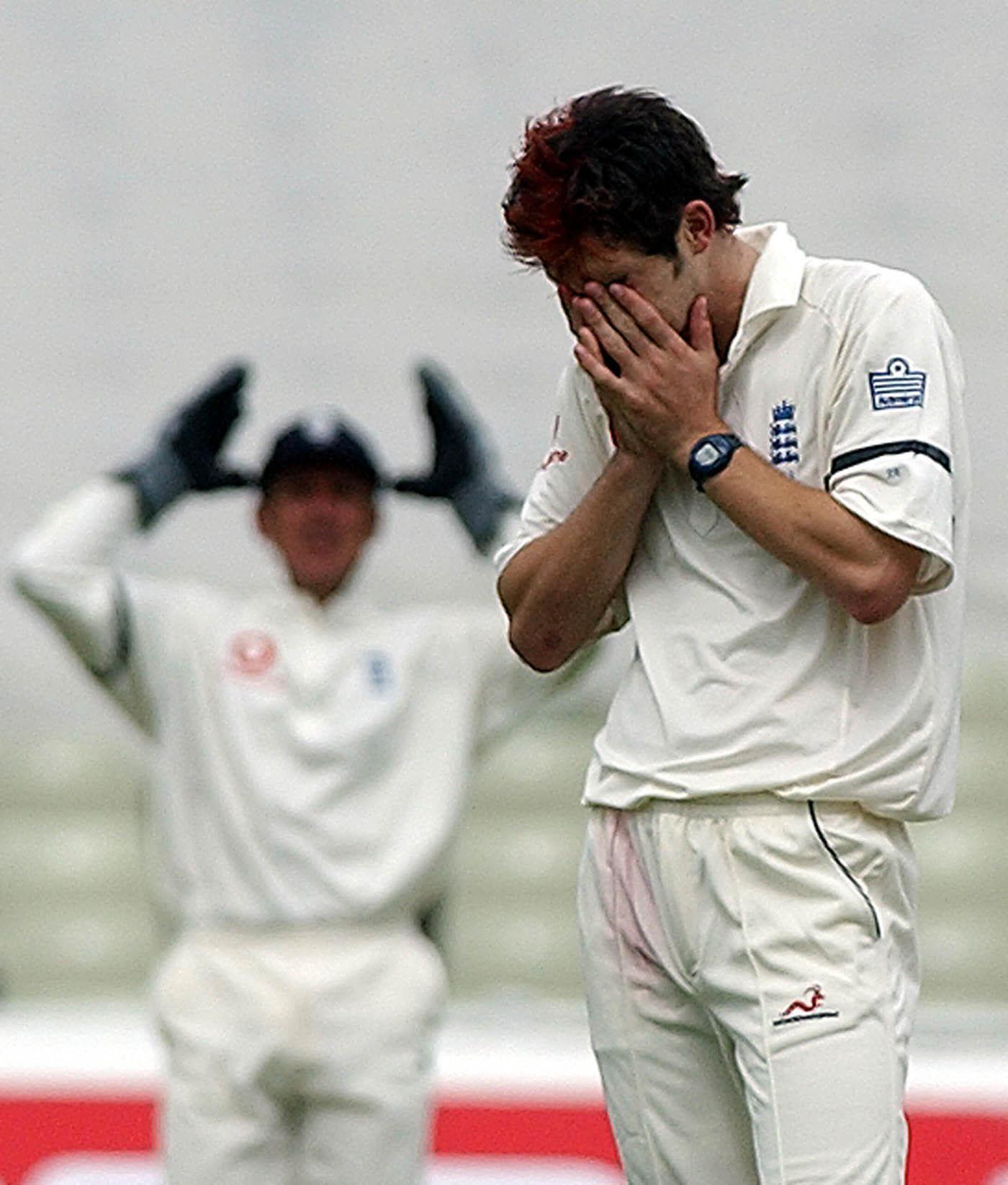
Almost as enduring as Anderson's 21-year Test career has been his new-ball partnership with Stuart Broad, who brought his Test career to a close at The Oval following last year's drawn Ashes series and sits just behind the Lancastrian on England's all-time wicket-takers list with 604.
The pair were brought together in the same bowling unit for the first time in Test cricket on England's tour of New Zealand in March 2008, and would become the team's go-to opening bowlers for the majority of the next 15 years.
When bowling in tandem at their best, the duo were near-on unplayable for batting line-ups the world over, tormented by Anderson's mastery of seam and swing, and Broad's snorting, pugnacious approach.
It was a partnership that flourished off the field as well as on it, where the pair continually pushed each other to new heights.
"My thing was always continuous improvement," Broad told the Sky Sports Cricket Podcast in May. "Jimmy's has always been that as well, and we drove each other forward a lot with that mindset.
"Working on different things in the nets, run-ups - I think Jimmy worked on a new run-up at 41 - I certainly changed mine in 2019 and I was 33 or 34. We always had that mindset you had to keep improving.
"That was probably why he played that much. If we didn't have that mindset, we might have played 20 Tests and then been found out."

By the time he was named one of Wisden's Five Cricketers of the Year for 2008, Anderson had already surpassed the milestone of 100 Test wickets, with South Africa's Jacques Kallis - 13,289 career runs to his name - being the victim.
His 200th wicket came as he snared Peter Siddle during the 2010/11 series in Australia which saw England seal a 3-1 victory, and in 2013 he became just the fourth English bowler to reach the 300 mark when New Zealand's Peter Fulton edged him to the slips. Fittingly, that came at Lord's as well.
Ian Botham's all-time England record of 383 was now in his sights and that was surpassed two years later on tour in the West Indies when he snared Denesh Ramdin.
The milestones kept falling: No 400 came against the New Zealanders, Martin Guptil this time, in 2015 and 500 two years later when he cleaned up the stumps of the West Indies' Kraigg Brathwaite on his way to taking 7-42.
Next up was one-time England tormentor Glenn McGrath's all-time Test record for a fast bowler of 563 Test wickets, shattered emphatically when Anderson bowled India's Mohammed Shami in 2018 to wrap up a 4-1 home series win.
No 600 came in somewhat subdued circumstances, behind closed doors in Southampton in the midst of the Covid-19 pandemic in August 2020 as Anderson had Azhar Ali caught in the draw with Pakistan.
Yet there was still an outpouring of praise for the right-armer, with his Lancashire head coach and former team-mate Glen Chapple among those hailing his achievement.
"He's got an amazing talent, but it's the work ethic, dedication and discipline he's shown to stay at the top for so long," Chapple said.
"He just has a ruthless streak. A lot is made of how grumpy he can be but that's usually in training and because he sets such high standards for himself.
"That shows the hunger and desire he has and not simply to achieve milestones. It's a daily requirement for him to be excellent."
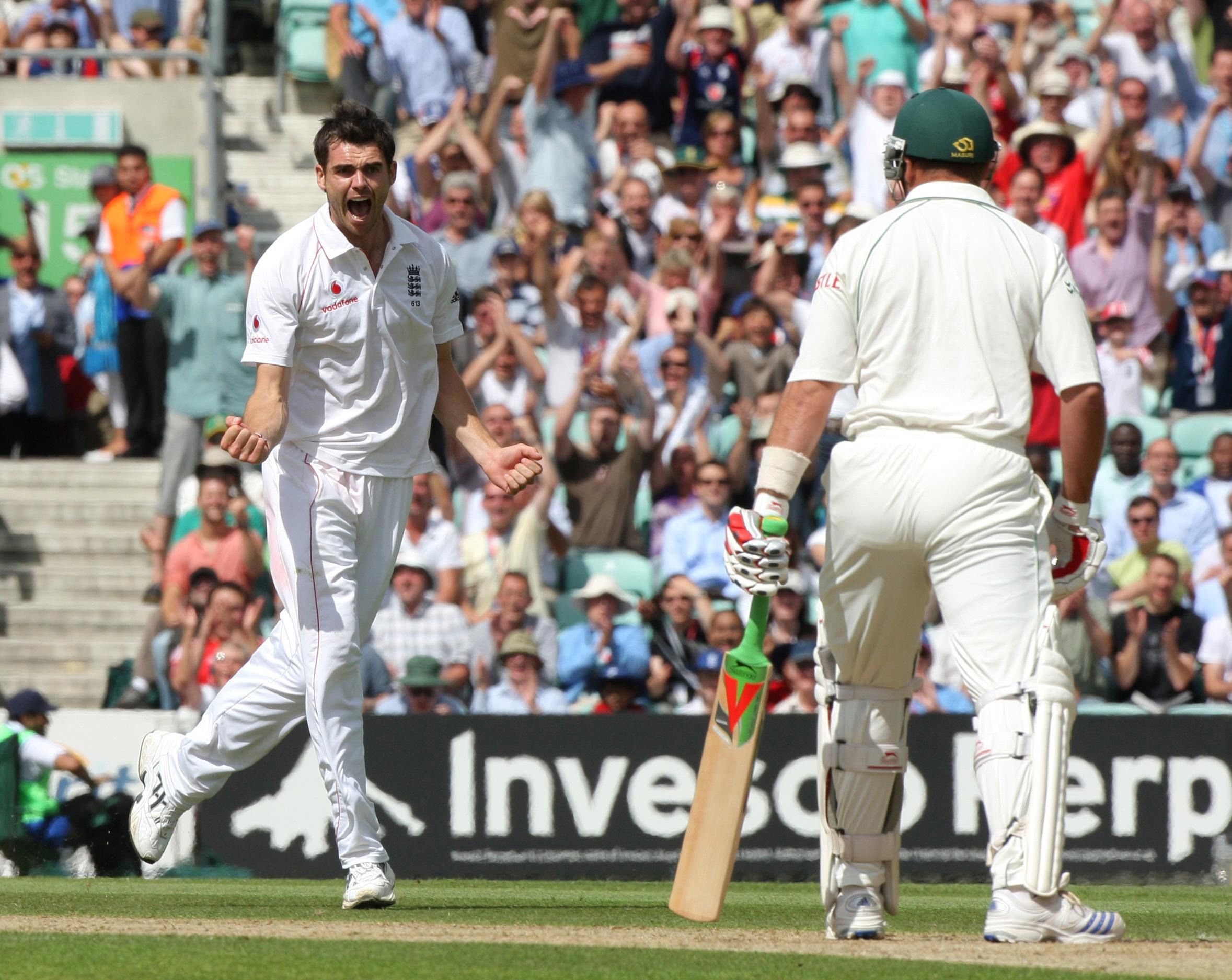

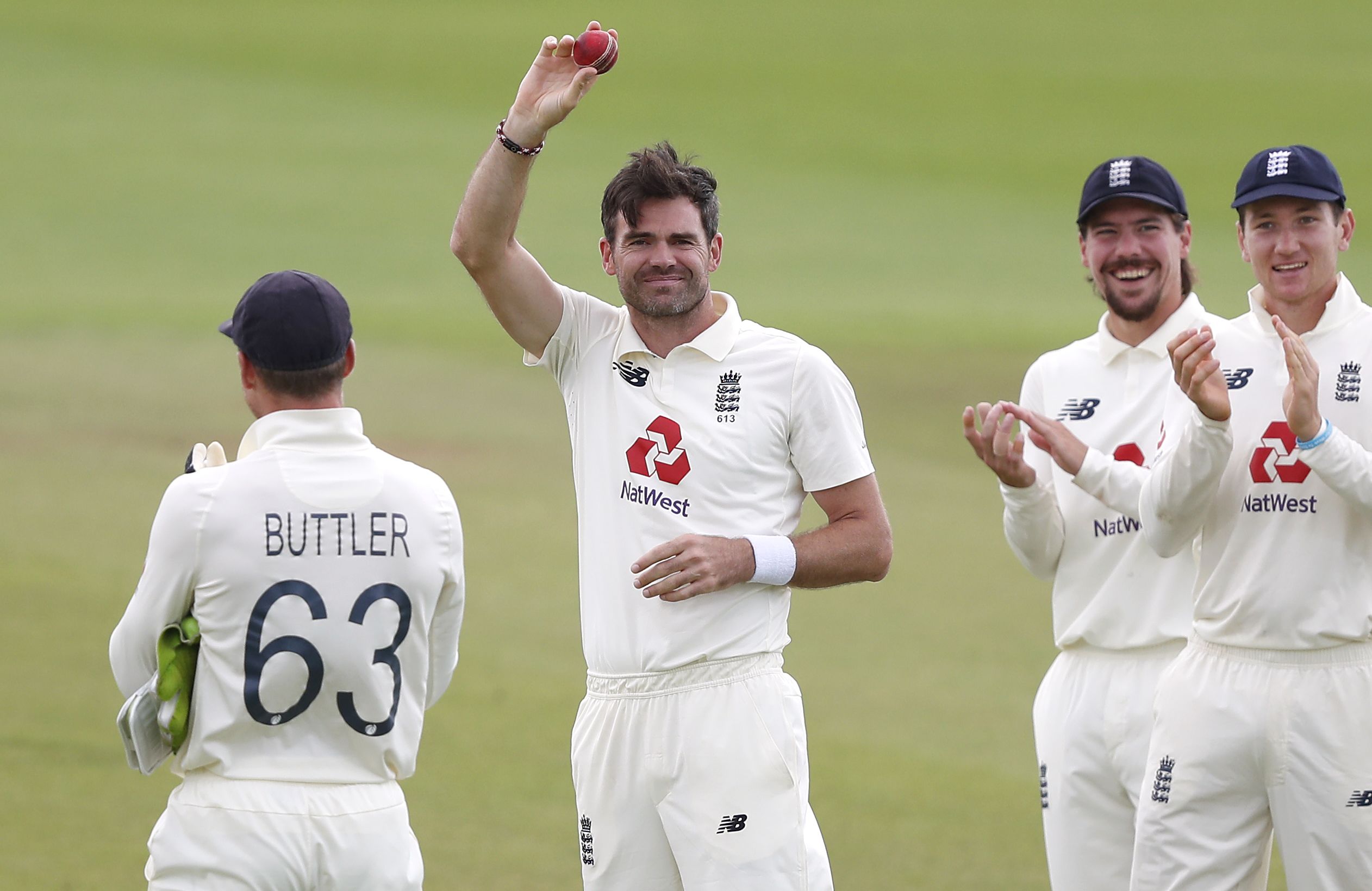
England's Test tour of India earlier this year might have been mostly forgettable, ending in a 4-1 series defeat for Ben Stokes' side, but it did provide one moment which will be talked about for many years to come.
In the final Test in Dharamsala, Anderson's dismissal of Kuldeep Yadav, caught by wicketkeeper Ben Foakes, brought him into the exclusive membership of the 700 club. Only spin masters Shane Warne (708) and Muttiah Muralitharan (800) sit ahead of him on the all-time list, while Anderson is 81 in front of another spinner, fourth-placed Anil Kumble.
"I have been lucky enough to be on the field for some of Jimmy's milestones but being there for 700 wickets as a seamer is phenomenal," Stokes said.
"I've said it many times - any young kind who wants to be a fast bowler should look up to him and try and emulate everything he has done. From the first day he was a cricketer, let alone where he is now.
"He is 41 years old and as fit as I have ever seen him and I don't know when he is going to stop. The desire, the commitment is there."
Of course, it was not long before Anderson revealed when he will stop as in May, he announced the opening Test of the summer against the West Indies will be his last.
The book might be about to close, but there is still one last chapter of an incredible career to be written.
Watch England's first Test of the summer against the West Indies at Lord's live on Sky Sports Cricket and Sky Sports Main Event from 10am on Wednesday, July 10 (first ball 11am). Also stream contract-free with NOW.


